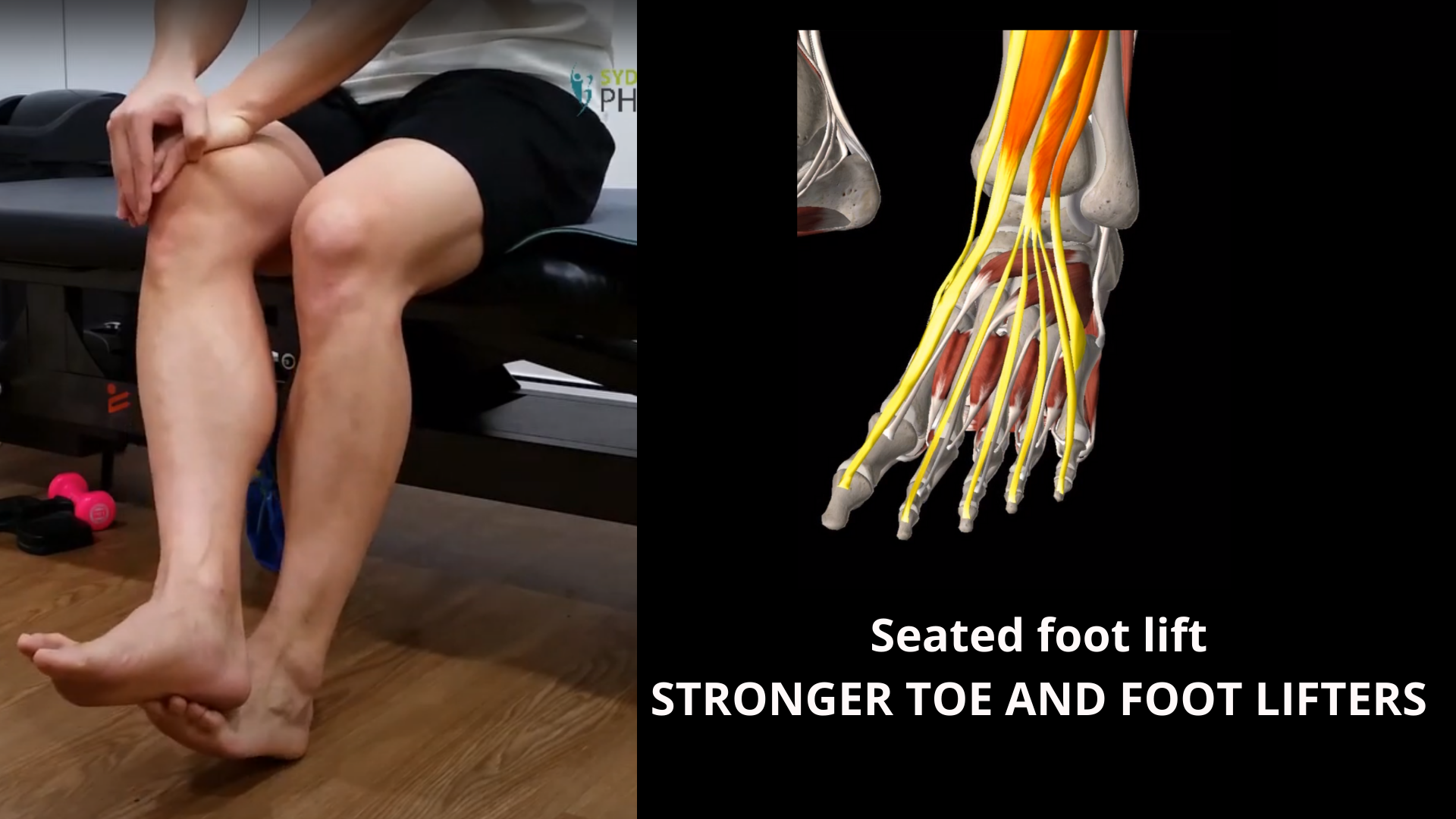Running tips for return runners
Returning to running after recovery requires a gradual approach to prevent re-injury and rebuild strength. Key tips include starting with low-impact intervals, focusing on form and cadence, incorporating strength exercises, and allowing adequate rest. This guide is ideal for runners looking to ease back into their routine safely, ensuring a steady and sustainable return to peak performance.
Arch inducing squat
Arch-inducing squats target foot muscles to support arch formation, making them beneficial for treating plantar fasciitis and flat feet. This exercise promotes foot stability, reduces strain on the plantar fascia, and helps prevent foot pain, providing a strong foundation for improved lower body alignment.
Ankle inversion strengthening
The seated ankle inversion exercise strengthens the ankle’s stabilising muscles, making it ideal for preventing injuries in court and field-based sports. This exercise improves ankle stability, supports better balance, and helps reduce the risk of sprains, providing a strong foundation for dynamic athletic movements.
Seated foot lift
The seated toe-lift exercise targets the muscles at the front of the ankle, enhancing stability and control. This exercise is ideal for improving ankle strength and balance, supporting better movement mechanics, and reducing the risk of ankle-related injuries.
Ankle resisted eversion
The ankle evertor strengthening exercise with a theraband targets the outer ankle muscles, essential for preventing ankle sprains. This exercise improves ankle stability, enhances lateral control, and builds resilience, making it ideal for individuals prone to ankle injuries or those looking to boost lower limb stability.
Understanding chronic pain is the first step to recovery
Understanding chronic pain. If you are experiencing pain that has lasted for more than a year, chances are your nervous system has been wired to become more sensitive to pain. Whilst our physiotherapists are able to help you with effective pain-relief, it is important for you to understand that sometimes the pain intensity does not equate to your injury severity. Understanding this helps giving you perspective, and will give you the much needed courage to continue improve.
Revitalise your joints using hydrotherapy
Hydrotherapy is important for joint wellbeing. We encourage hydrotherapy for physical recover after surgery as well as after intense amount of sports. Hydrotherapy is also recommended for our clients under NDIS who has chronic disability with upright walking.
Barefoot strengthening helps you to conquer the distance
Your foot and ankle can be strengthened with safe barefooted activities. Provided that the environment is right, the intrinsic muscles underneath your feet can work very hard for you and subsequently serve to support your foot arch. This has the benefit of injury prevention.
Correct squat lifting technique helps you to stay strong
Using correct squat lifting technique not only strengthens your muscles and bones but also boosts mental health. Loading through the body stimulates bone density, reducing injury risk, while releasing endorphins that enhance mood and reduce stress. Practicing safe, effective squat techniques builds physical resilience and supports overall well-being.












